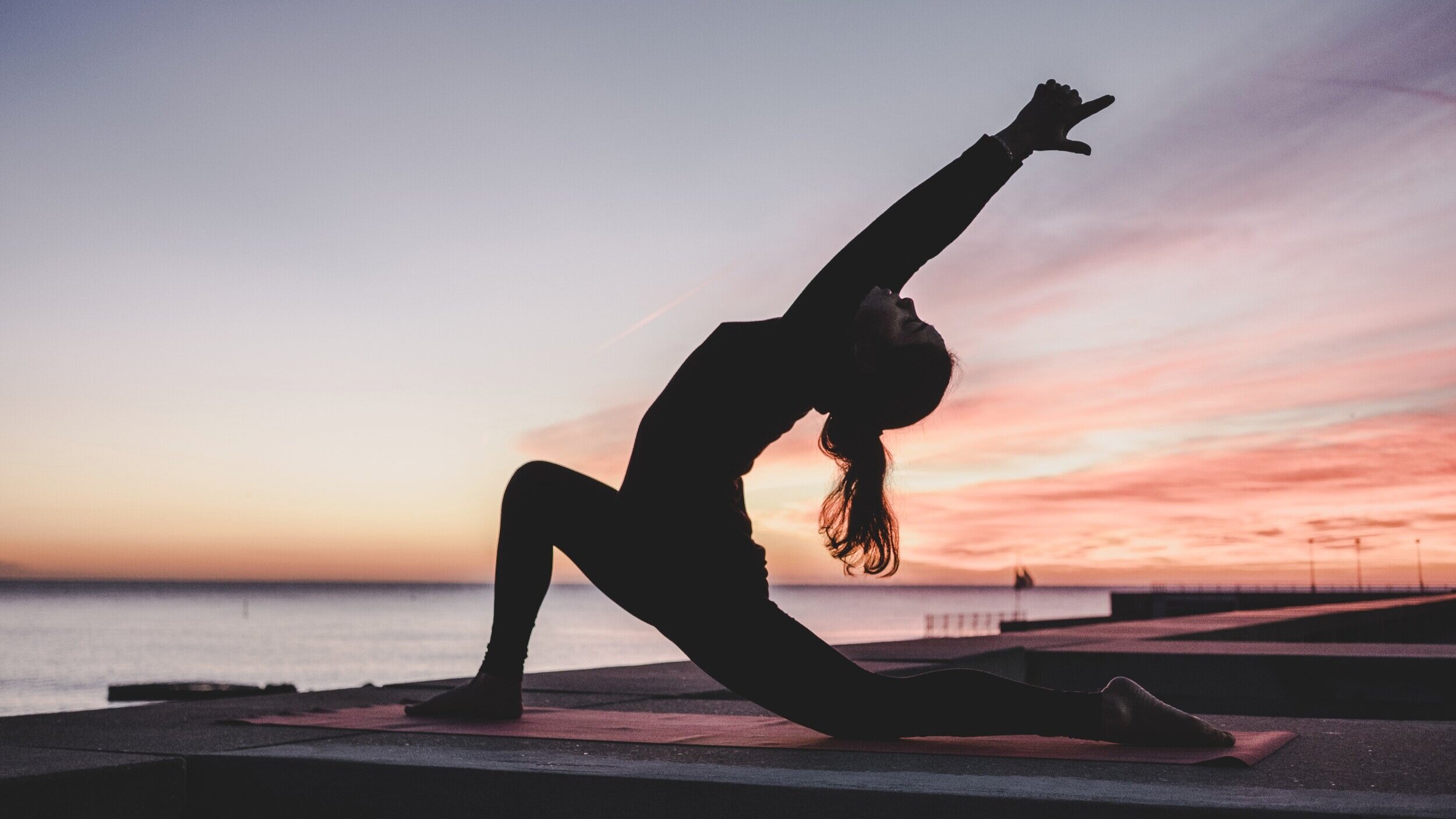What is Intuitive Exercising?
As you get older and move away from forced exercise (ie, middle school PE), you have more freedom to choose the ways you work out. However, this can be a difficult challenge, as there are so many popular forms of exercise. You could weight lift, run, practice yoga, do a HIIT workout, or even attend a soul cycle class. But how do you know which one is the best for your body? That is exactly what the principles of intuitive exercising are meant to help you accomplish. Intuitive exercise doesn’t mean completely cutting exercise out of your daily life. Instead, it just simply means being more conscious of how your workout routine is making you feel, both physically and mentally.
How do I intuitively exercise?
1. Be Flexible In Your Workouts
While creating a workout plan can be helpful in guiding your exercise, make sure that it really is going to benefit your body and mind. Don’t intentionally plan to do too much or push yourself too hard. In the middle of your workout, if you are feeling exhausted or hungry, just stop the workout. It’s okay to not finish it or do it exactly as you planned—your first priority should always be to feel good when exercising, not miserable. If your workout is making you upset, modify it or stop it.
Example: If you plan to do 50 pushups, but you feel burnt out by number 30, take a break. You do not need to push your body to the breaking point in your workouts - be willing to adjust the intensity of your exercise to what you are capable of doing that day.
2. Listen To Your Body
Everybody needs rest days: it’s how your body recovers from exercise. Trust your instincts; your body is smart enough to know if you cannot handle a tough workout that particular day. Everybody needs rest days: it’s how your body recovers from exercise.
Example: If you wake up and feel exhausted, do not make yourself do an intense 30 minute workout. Instead, take a rest day, or move your body in a softer way. This could be going for a walk, doing some yoga, or just light stretching to get moving that day.
3. Understand What Exercise Means To You
Working out should not be a punishment—exercise has many great benefits besides trying to get your ideal body. Working out can boost your endorphins, help your mental health, manage your blood sugar levels, and increase your bone strength. [1] Additionally, many people work out with friends or attend classes with other people to help build a sense of community. Exercise can mean many different things for people, but in the end it should be about making you feel good. Personally, it’s a nice break in the day where I feel like I’m doing something for myself. It’s a great way to feel more in tune with my body, and I always feel like my mood skyrockets.
Example: Exercise should not simply be an avenue to changing your physical appearance. After working out, remind yourself of how good you feel once you’ve accomplished your workout!
Why Should I Intuitively Exercise?
Abusing exercise can harm your body and actually slow any progress you might wish to make. By not listening to your body when it needs rest or a lighter day, you risk injuring yourself. In fact, researchers have found that overexercise leads to “overuse injuries, sleep disturbances, fatigue, and problems with social relationships”. [2]
If you find yourself working out to the extreme, it might be time to pause and see if intuitive exercising is something you should consider. If you are exercising intuitively, you would be able to evaluate your routine and work out the best way to actually benefit your health in the long run. Intuitive exercise can help to build a system of trust with yourself, and even promote your self esteem and body image. [3] With all of these added benefits, there is no reason why you shouldn’t try out intuitive exercising today!
References
“Exercise motives and positive body image in physically active college women and men: Exploring an expanded acceptance model of intuitive eating.” Body Image. (2015).
Associations between specific components of compulsive exercise and eating-disordered cognitions and behaviors among young women. Int J Eat Disord. (2010).
Integrating exercise and mindfulness for an emerging conceptual framework: The intuitive approach to prevention and health promotion (IAPHP). J Prev & Treat. (2015).







